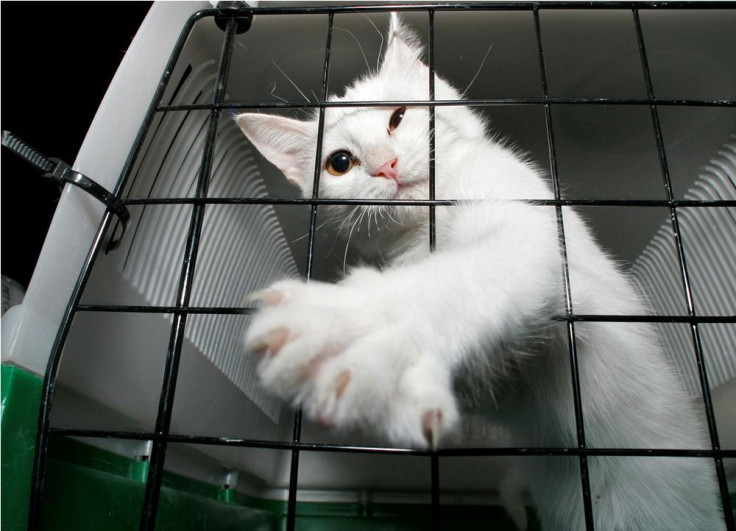High-Pitched Sounds Can Trigger Seizures In Cats

A recent study found that particular sounds can cause seizures in cats. The study was performed as a response of veterinarians to the appeal of the United Kingdom-based charity International Cat Care, who received startling complaints from cat owners. The said cat owners noticed that their feline companions are having seizures every time they hear high-pitched sounds. The said condition is now dubbed as the “Tom and Jerry Syndrome” after the cat cartoon character Tom, who involuntarily jerks when hearing astonishing sounds.
The study was conducted through a survey led by Mark Lowrie and Laurent Garosi, veterinary neurologists at Davies Veterinary Specialists in England, and Robert Harvey, a molecular neuroscientist and geneticist at the University College London School of Pharmacy. The authors reviewed the data of 96 cats and the details of the seizure episodes, such as the type, characteristics, duration and the sound that may have triggered the attack.
It was discovered that cats also suffer from audiogenic reflex seizures, or FARS, just like humans. The types of seizures that occurred in cats include absence seizures, myoclonic seizures or short muscle jerks and generalised tonic-clonic seizures, or body stiffening followed by jerking with loss of consciousness.
Additionally, the researchers found that the most common type of cats to experience seizures are Birdman-breed cats, but both pedigree and non-pedigree breeds are affected. On the average, researchers said that cats aged 15 years are most affected, but the condition is common between those aged 10 and 19 years.
The researchers exposed the cats to different types of sounds and yielded the following results: 82 cats had seizures after hearing crinkling tinfoil, 79 with a metal spoon being tapped on a ceramic piece, 72 with chinking glass, 71 with crinkling plastic or paper bags, 61 with computer keyboars, 59 with jiggling keys, 38 with a nail being hammered and 24 with the sound of the owner’s tongue clicks. Other sounds with less common seizure responses include phone ringing, Velcro peeling and bare feet walking on wooden floors. Furthermore, the louder the sounds were, the more intense the seizure seemed to be.
In the future, the researchers will study the genetic phenomenon behind this disorder in order to develop treatment strategies. At present, the authors said that the drug levetiracetam can help manage FARS in cats. "How wonderful to be able to go back to those worried owners who came to us for help with a problem previously unrecognised by the veterinary profession with not only an explanation for their cats' behaviors, but a way to help them as well," Claire Bessant, chief executive of International Cat Care said.
To contact the writer, email rinadoctor00@gmail.com.





















